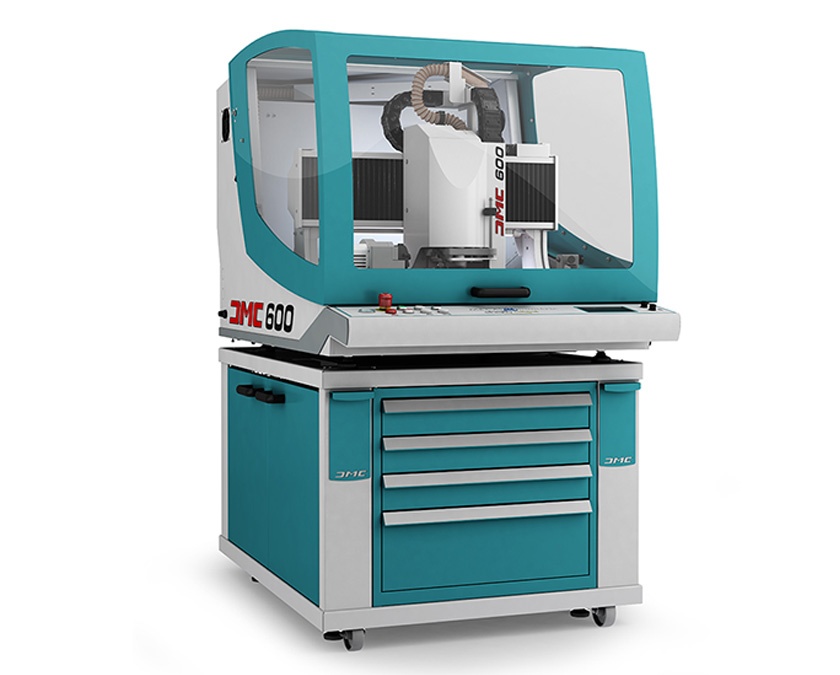
DMC II
Designed for fine, precise, intensive work, small formats, CharlyRobot DMCII milling machines are suitable for a wide range of applications: metal engraving, fine machining, plastics, design, rapid prototyping, electronics ...
- Description
- Technical datas
- Fields of activity
STRENGTHS
- Rigid steel/cast aluminium structure.
- Double guide grinded steel prismatic rails and preloaded ball
- beatings.
- Transmission by ball screws.
- Fixed table / mobile gantry kinematics
- Available in servo-brushless motorization.
- Economical version with step by step motorization.
- Design and ergonomy.
- Small footprint.
- Available with automatic tool change.
- Very high frequency spindle for machining and fine works.
- Parts held by vacuum table (option).
- ISO programming, industry standard.
- Machining of soft materials and metals.
- Quality and industrial performances of Charlyrobot machines.
- Compliant with European safety directive Machine 2006/42/CE.
CHARACTERISTICS
| DMC 301/303 | DMC 601/603 | DMC 6121/6123 | |
| X stroke | 310 | 610 | 610 |
| Y stroke (without auto tool changer/with auto tool changer) | 430 / 250 | 600 / 420 | 1200 / 1060 |
| Z stroke | 120 | 120 | 120 |
| Table dimensions (X xY) | 400 x 480 | 710 x 640 | 710 x 1120 |
| Maximum material width | 360 | 670 | 670 |
| Standard Motorization | Step by Step (301) | Step by Step (601) | Step by Step (6121) |
| Optionnal Motorization | Brushless (303) | Brushless (603) | Brushless (6123) |
| Width | 700 | 1060 | 1975 |
| Depth | 1150 | 1620 | 1208 |
| Height (without / with technical cabient) | 1010 / 1810 | 1010 / 1810 | 1010 / 1810 |
| Average weight (according to options without / with technical cabinet) | 335 / 560 | 415 / 680 | 525 / 860 |
[TESTIMONIAL] Trasparente (graphic arts and visual communications)
Trasparente manufactures all types of signs for the Italian market: raised, illuminated, two-sided, cut-out or complete with LED lighting, advertising panels and signage panels.
[TESTIMONIAL] Christophe CAUSSE - Director of USITECH (precision mechanics)
USITECH manufactures simple and complex metal parts and accessories for a wide range of sectors.
[TESTIMONIAL] 3DScube - Visual communication
3DS produces all types of visual communication media in a wide variety of materials: wood, plastics, aluminium, etc.













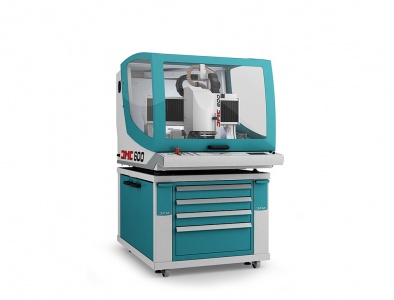
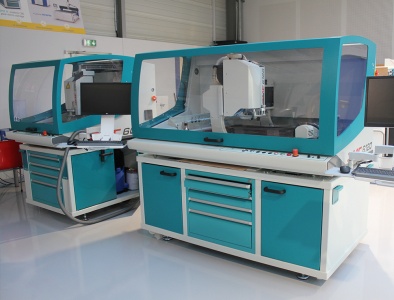
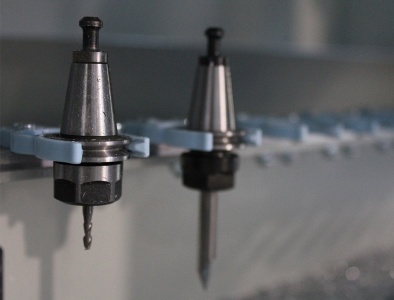
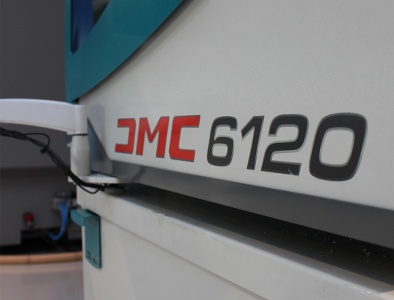
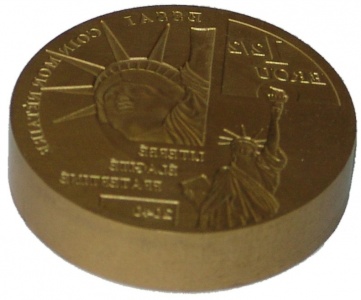

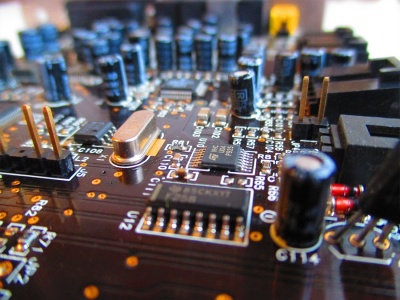
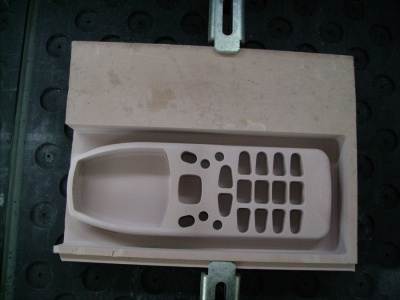
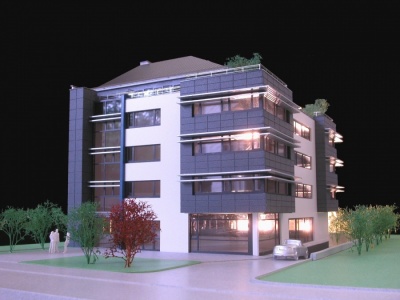
![[TESTIMONIAL] Trasparente (graphic arts and visual communications)](/medias/articles/vignettes/logo-trasparente-black_1_1.jpg)
![[TESTIMONIAL] Christophe CAUSSE - Director of USITECH (precision mechanics)](/medias/articles/vignettes/usitech-brens_1.jpg)
![[TESTIMONIAL] 3DScube - Visual communication](/medias/articles/vignettes/logo3dscube_1_1_1.jpg)